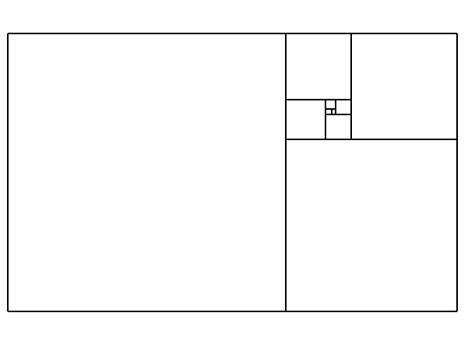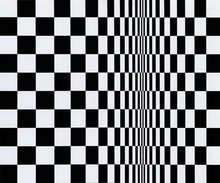Contribute
| South Asian Art - In Memory Of Prashant H. Fadia |
Minna Philips
09/17/2008
Paradoxically though it may seem, it is nonetheless true that life imitates art far more than art imitates life. -Oscar Wilde (1854 - 1900)
In Book 3 of the ‘Metamorphosis of Ovid’ by Ovid, there is a certain passage that goes: …in the remotest part of this valley, hidden by trees, there was a cave no human art had made, for nature with its own genius had imitated art and created a natural arch from native pumice and porous tufa.
The picture of a curved, spiraling tree is an image that we have often seen. The direction of the wind makes a tree take this intertwined shape and one has to wonder if this is not a work of art by nature as opposed to nature itself. This is the kind of paradox that makes us question the reality of our perceptions: Do we perceive the world as a response to imagery or are our perceptions of the imagery a result of our experience of the world? Not that there is a particular answer here, hence a paradox. When a thought becomes a paradox, creativity is unleashed because the constant search for questions or more answers leads to further creation. Hence paradox will be the fourth principle that will enhance our perceptions of a contemporary art experience, assuming that contemporary art encourages creative thought processes.
Take abstract art for example. In the paintings, drawings and sculptures by Sol Lewitt, Brice Marden, Rothko or Pollock, there is a reduction of the forms in nature; nature becomes non-representational. Although, representing nature in a non-representational way is not the only intention here. At some point in an artist’s life, there arises a need to find a compromise between the individual and community, representational and non- representational, between fact and fiction, order and chaos. Where does one draw this line? How does one find a balance? Artists, over time have used and experimented with several techniques and ideas to explore this notion of duality and balance, difference and sameness. This paradoxical search seems to keep much of what is interesting in art works alive.
In some instances an artist does not start out with a complete understanding of what he or she is naturally inclined to feel in nature. Take for example the Golden Rectangle of the Greeks. This property states that when a square is removed from a rectangle, another rectangle of similar proportions arises. Keep taking away squares from within rectangles and you end up with a naturally evolving design. In this example there seems to be a balance between our understanding of nature and a natural evolution that exists without an effort by the artist. What is interesting here also is the fact that there naturally are a finite number of possibilities to divide the spaces and forms, which is a very interesting way to balance chaos and order.
As early as the 1930’s we see that the Surrealists also explored these possibilities by tapping into their unconsciousness. Salvador Dali is a favorite example. His paintings strive for a balance between the conscious and unconscious, between the real and unreal. Optical artists in the 1960’s explored the possibilities of visual illusions and perceptions that tricked the eye or the brain into seeing the movement and patterns in their art works.
Through conceptual art, installation art, land art and so forth the quests to find this balance or question these paradoxes of duality continues by contemporary artists, as some of the principles from previous weeks will demonstrate. There is a passage from the book called Zorba the Greek, where Zorba asks his master the most simple but impossible questions- who we are, where we come from and where we are going. In an attempt to answer, the master says:
"We are little grubs, Zorba, minute grubs on the small leaf of a tremendous tree. The small leaf is the earth. The other leaves are the stars that you see moving at night. We make our way on this little leaf examining it anxiously and carefully. We smell it; it smells good or bad to us. We taste it and find it eatable. We beat on it and it cries out like a living thing.
"Some men -- the more intrepid ones -- reach the edge of the leaf. From there we stretch out, gazing into chaos. We tremble. We guess what a frightening abyss lies beneath us. In the distance we can hear the noise of the other leaves of the tremendous tree, we feel the sap rising from the root of our leaf and our hearts swell. Bent thus over the awe-inspiring abyss, with all our bodies and all our souls, we tremble with terror. From that moment begins…"
"I stopped. I wanted to say "from that moment begins poetry," but Zorba would not have understood. I stopped.
"'What begins'? asked Zorba's anxious voice. 'Why did you stop'?
"…begins the great danger, Zorba. Some grow dizzy and delirious, others are afraid; they try to find an answer to strengthen their hearts, and they say: 'God'! Others again, from the edge of the leaf, look over the precipice calmly and bravely and say: 'I like it.'
You may also access this article through our web-site http://www.lokvani.com/

Golden Rectangle

Bridget Riley - Movement in Squares (1961)